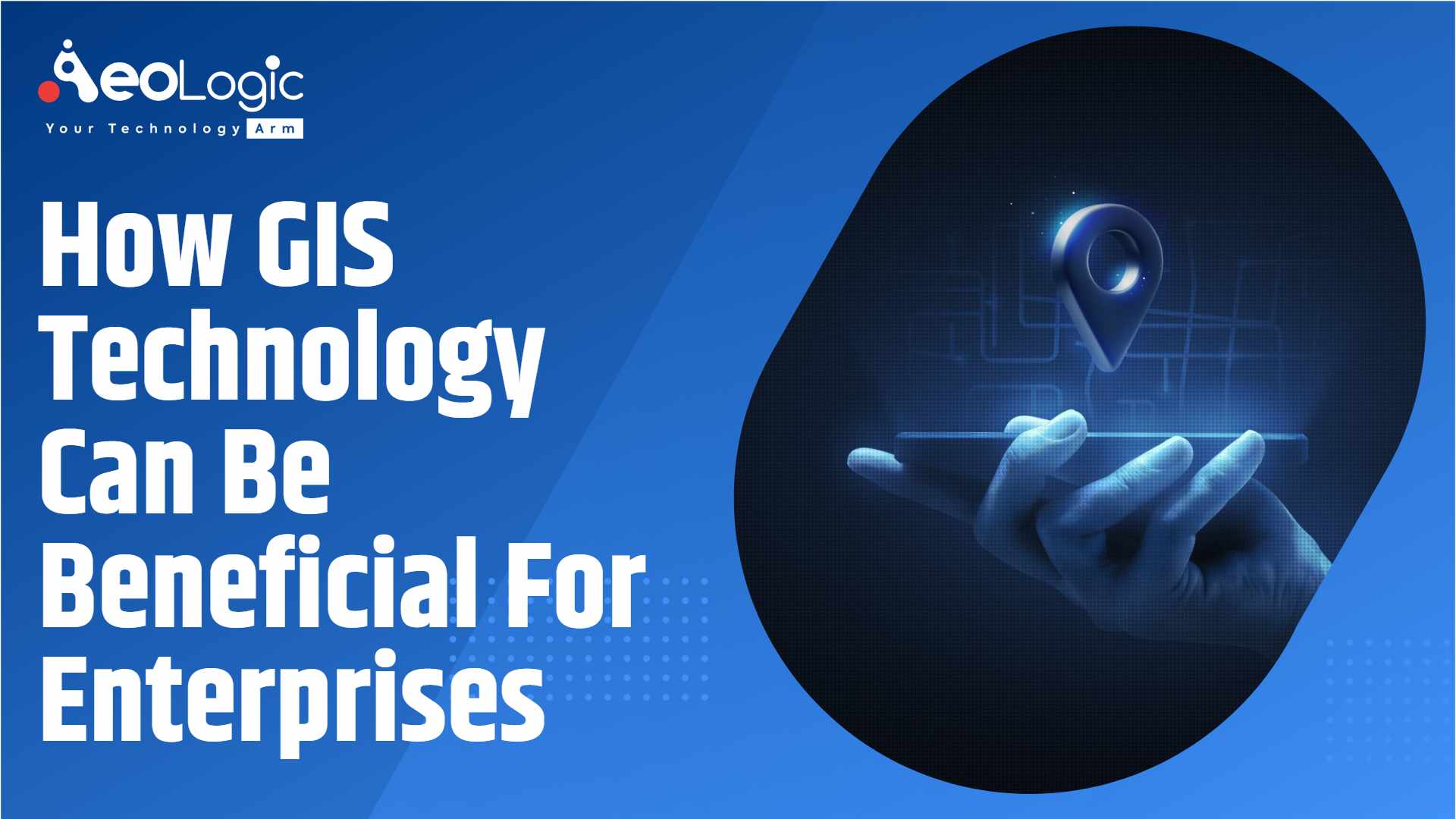In today’s fast-paced world, businesses need to be efficient and effective to stay ahead of the competition. The use of technology is crucial in achieving this goal. One of the technologies that have been gaining traction in recent years is Geographic Information System (GIS) technology. This article will explore how GIS technology can be beneficial for enterprises and help them gain a competitive edge in their respective industries.
What is GIS Technology?
GIS technology is a computer-based system designed to capture, store, manipulate, analyze, and display spatial or geographical data. It is used to create maps and perform spatial analysis, which can be used to gain insights into patterns and relationships in data. GIS technology is used in various industries, including agriculture, mining, transportation, and urban planning, among others.
Also Read: What is Warehouse Logistics? Challenges, Benefits, and Best Practices
How can GIS Technology Be Beneficial for Enterprises?
GIS (Geographic Information System) technology can provide enterprises with a powerful tool for data analysis, visualization, and decision-making. By leveraging GIS technology, enterprises can gain a deeper understanding of their business environment and optimize their operations for greater efficiency and competitiveness. Lets see:
1. Better Decision-Making
GIS technology provides a platform for better decision-making by providing insights into patterns and relationships in data. With GIS technology, enterprises can make informed decisions based on location-based data, which can lead to increased efficiency and profitability.
2. Improved Customer Experience
GIS technology can be used to improve the customer experience by providing location-based services. For example, a retail store can use GIS technology to send location-based notifications to customers in the vicinity of the store, informing them of ongoing promotions and discounts. This can lead to increased foot traffic and revenue.
3. Increased Efficiency
GIS technology can be used to increase efficiency in various business processes. For example, a logistics company can use GIS technology to optimize delivery routes, reduce fuel costs, and improve delivery times. This can lead to increased profitability and customer satisfaction.
4. Better Resource Management
GIS technology can be used to manage resources more effectively. For example, a utility company can use GIS technology to monitor and manage its assets, such as power lines and substations. This can lead to increased reliability, reduced downtime, and improved safety.
5. Improved Collaboration
GIS technology can be used to improve collaboration between different departments and stakeholders. For example, a city government can use GIS technology to share data between different departments, such as the police department and the fire department. This can lead to improved response times and better decision-making.
6. Greater Insight into Market Trends
GIS technology can provide enterprises with valuable insights into market trends, allowing them to identify new business opportunities and stay ahead of the competition.
7. Optimized Supply Chain Management
By analyzing data on suppliers, transportation routes, and inventory levels, GIS technology can help enterprises optimize their supply chain management, resulting in more efficient and cost-effective operations.
8. Improved Disaster Response and Planning
GIS technology can help enterprises respond more quickly and effectively to natural disasters and other emergencies by providing real-time data on affected areas, resources, and potential hazards.
9. Enhanced Collaboration and Communication
GIS technology can facilitate collaboration and communication among different departments and teams within an enterprise, allowing for better decision-making and more efficient operations.
10. Improved Regulatory Compliance
By providing enterprises with real-time data on regulatory requirements and compliance, GIS technology can help them stay in compliance with relevant laws and regulations, reducing the risk of fines and penalties.
Also Read: The Role of AI in Education And Learning: Just Promises Or Revolution
Conclusion
GIS technology can provide a range of benefits for enterprises of all sizes and industries. By utilizing GIS technology, enterprises can gain a better understanding of their operational environment, identify areas of improvement, and make data-driven decisions that can lead to increased efficiency, reduced costs, and improved customer satisfaction. GIS technology can also help enterprises visualize complex data in an intuitive and easily understandable way, enabling them to communicate insights more effectively to stakeholders. Overall, GIS technology is a powerful tool that can help enterprises stay competitive in an increasingly complex and data-driven business environment.
Are you looking to implement GIS technology into your business? If yes, so, please feel free to contact us at support@aeologic.com
FAQs
Is GIS technology expensive to implement?
The cost of implementing GIS technology depends on the specific requirements of the enterprise. However, there are open-source GIS software options available that can be used at a low cost.
What kind of data can be analyzed using GIS technology?
GIS technology can be used to analyze spatial or geographical data. This includes data such as population density, land use, and transportation routes.









